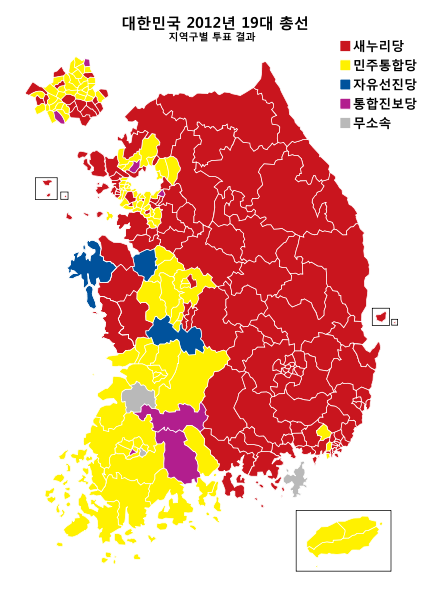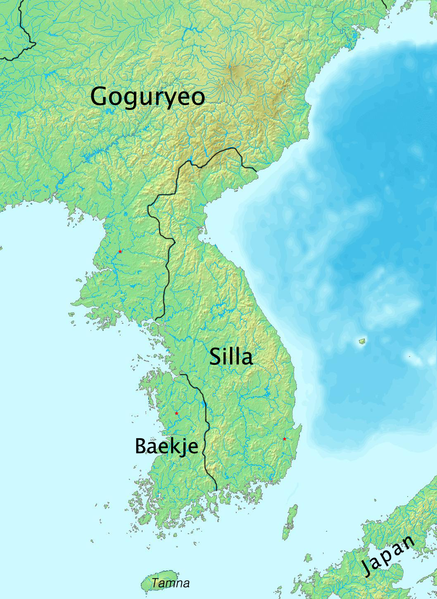Electoral maps have always fascinated me. It’s interesting, for example, that when looking at modern US electoral maps, you can sometimes make out the “ghost” the Confederacy, 150 years gone.
I have no idea whether this is coincidence or whether there’s some cultural/historical reality to it – I consider myself too ill-informed to judge – but in South Korea’s recent electoral maps, I feel like I can make out the “ghost” of something much, much older than the Confederacy in North America. Specifically, something about the modern map of Korea harkens back to the so-called “three kingdom” period (i.e. before around 700 AD).
Seriously. This is not just a recent fluke. Throughout the post-WWII history of South Korea, there seems to be a clear tendency for the southwest of the country to go for the liberals (“red Jeolla” and all that) while the east of the peninsula goes for the nationalists (typically called conservatives but I’m not comfortable calling them that).
In the elections on Wednesday of this week, the same pattern continues. Take a look at this map (from the wikithing). Yellow and pink are the liberals, entirely in the southwest with some pockets at major urban areas, e.g. Seoul in the northwest and a few districts at Busan in the southeast. The rest of the country is solidly nationalist.
Now take a look at this map of the three kingdoms period, ca. 575 AD (also from the wikithing). If you pretend that the Goguryeo kingdom became North Korea, then modern Silla is the nationalist stronghold, and modern Baekje is the liberal stronghold. The match-up isn’t perfect – but neither are those confederacy ghosts seen in US maps.



There seem to be two electoral splits:
(1) The Ancient(?) regional rivalry of Gyeonsang vs. Jeolla. [General Park being from Gyeongsang-do; Democratic Presidents Kim Dae-Jung and Roh Mu-hyun from Jeolla.] Maybe one reason 2MB is hated is that he is from Seoul. He does not quite have the kind of ‘tribal’ support base to lean upon that others do.
(2) Seoul/Gyeonggi vs. Rest of Korea: Greater Seoul was split, but favored the opposition 3-to-2. Most everywhere else was lopsided one way or another.
Seats Won in Head-to-Head Races, April 2012 국회 Elections
Place [Se-Nu-Ri] [Democratic] [Progressive]
…..
South Korea [127] [106] [7]
…..
Seoul City [16] [30] [2]
Gyeonggi [21] [29] [2]
Incheon [6] [6] [0]
(Total Seoul Region [43] [65] [4])
…..
(Non-Seoul Regions [84] [41] [3])
…..
Jeolla/Gwangju [0] [25] [2]
…..
Gyeonsang/Daegu [41] [1] [0]
Source: http://info.nec.go.kr/electioninfo/electionInfo_report.xhtml?electionId=0020120411&requestURI=%2Felectioninfo%2F0020120411%2Fep%2Fepei03.jsp&topMenuId=EP&secondMenuId=EPEI03&menuId=&statementId=EPEI03_%231&searchType=1&electionCode=2&cityCode=0&maxMinCode=-1&genderCode=-1&x=52&y=10
Potential candidate Ahn Chul-su is from Busan, which — though nearby — is perhaps outside the reach of Gyeongsang tribalism.
He seems to be well apart from the Se-Nu-Ri machine, but has also rejected calls to run with the Democratic Party. Or so is my understanding. Will he be an Independent?